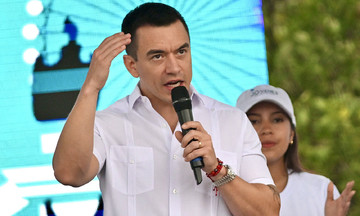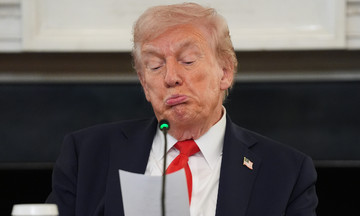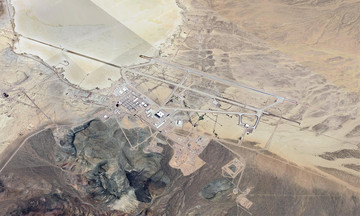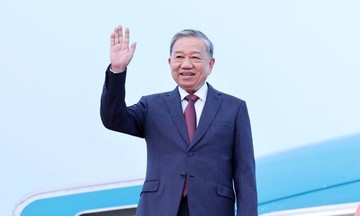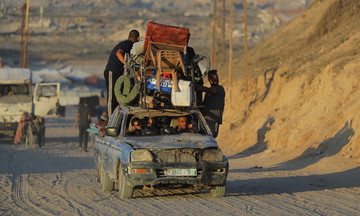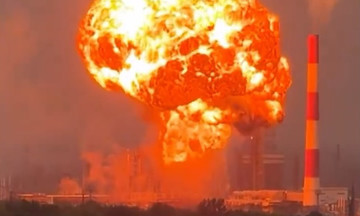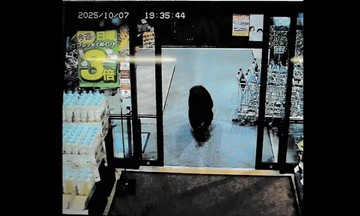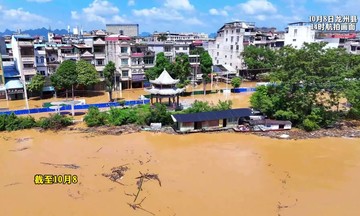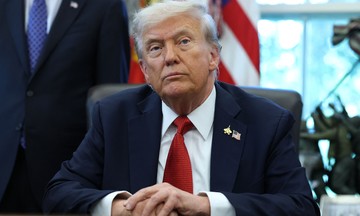Daily life is gradually returning to normal in Kathmandu, Nepal's capital, on 13/9. The military presence on the streets has decreased, tensions have eased, markets have reopened, traffic is flowing, and families are returning to temples to pray.
Former chief justice of the Supreme Court, 73-year-old Sushila Karki, was sworn in as Nepal's interim prime minister. President Ram Chandra Paudel dissolved the Nepalese parliament at her suggestion and set the date for elections for 5/3/2026.
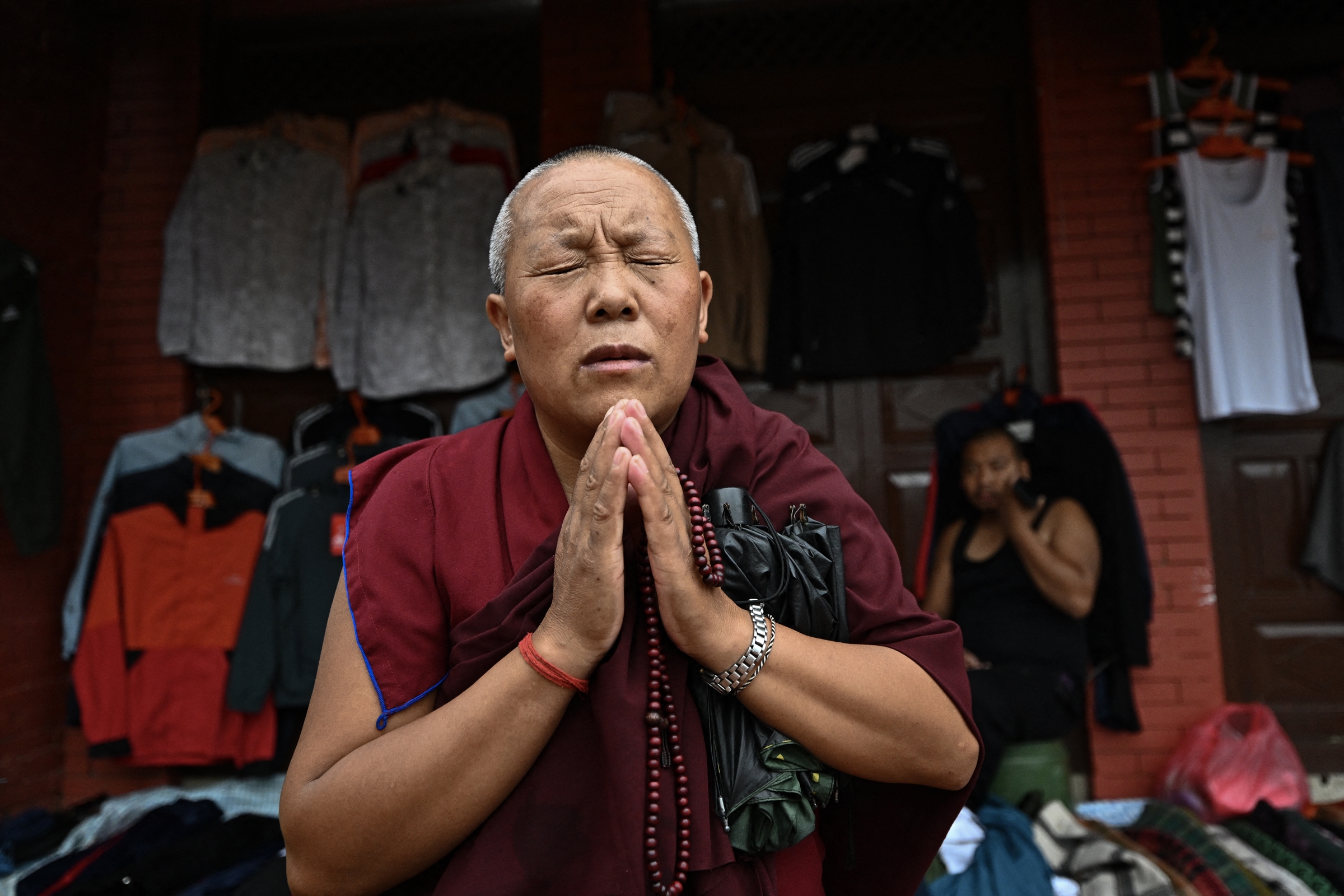 |
A monk prays at the Boudhanath Stupa in Kathmandu on 13/9. Photo: AFP |
A monk prays at the Boudhanath Stupa in Kathmandu on 13/9. Photo: AFP
For many Nepalese, Karki's appointment is symbolic and demonstrates the government's commitment to change. The decision followed intense negotiations between Nepal's army chief Ashok Raj Sigdel, President Paudel, and representatives of the protest movement.
"Nepal has its first female prime minister in history. We believe she will address the fight against corruption and promote good governance," said Suraj Bhattarai, a 51-year-old civil servant in Kathmandu.
Many young Nepalese have welcomed interim Prime Minister Karki with the hope that she will decisively address the widespread social unrest.
"Forming an interim government is the right decision at this time. The main issue people care about now is corruption. The focus isn't whether the person addressing the issue is from Gen Z or an older politician, the important thing is that corruption must end," said Durga Magar, a shop worker in Kathmandu.
Magar acknowledged the uncertainty of the future but affirmed her satisfaction and expressed hope for an end to the tension.
For many, Karki's appointment breaks the cycle of older, predominantly male politicians holding leadership positions, especially in a patriarchal society. "They take turns being prime minister," said Shikhar Bajracharya, a 32-year-old entrepreneur.
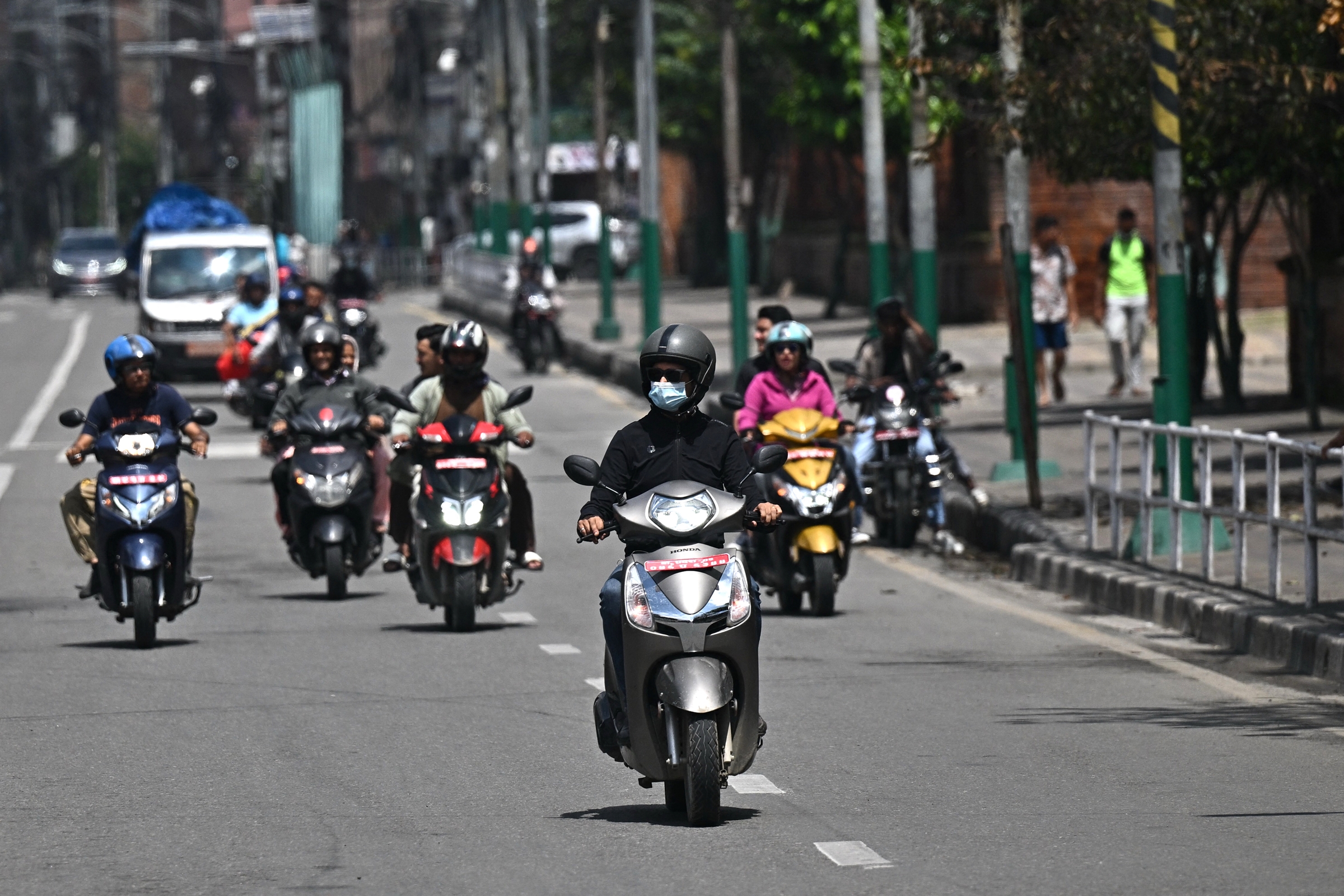 |
Traffic returns to the streets of Kathmandu on 13/9. Photo: AFP |
Traffic returns to the streets of Kathmandu on 13/9. Photo: AFP
Large-scale protests erupted in Nepal on 8/9, as tens of thousands of people, mostly from Gen Z, took to the streets of Kathmandu to protest the government's blocking of social media. These demonstrations evolved into protests against corruption.
The situation worsened as protesters clashed with security forces, and police used live ammunition against the crowds. Prime Minister Sharma Oli and several cabinet members resigned on 9/9, leading to a state of anarchy that required military intervention to restore order. Protesters then nominated Karki as interim prime minister, calling for the dissolution of parliament and constitutional amendments.
On 12/9, Nepalese police reported that the unrest resulted in 51 deaths, including 21 protesters, 9 prisoners, three police officers, and 18 others. Over 1,300 people were injured.
Hong Hanh (AFP)



